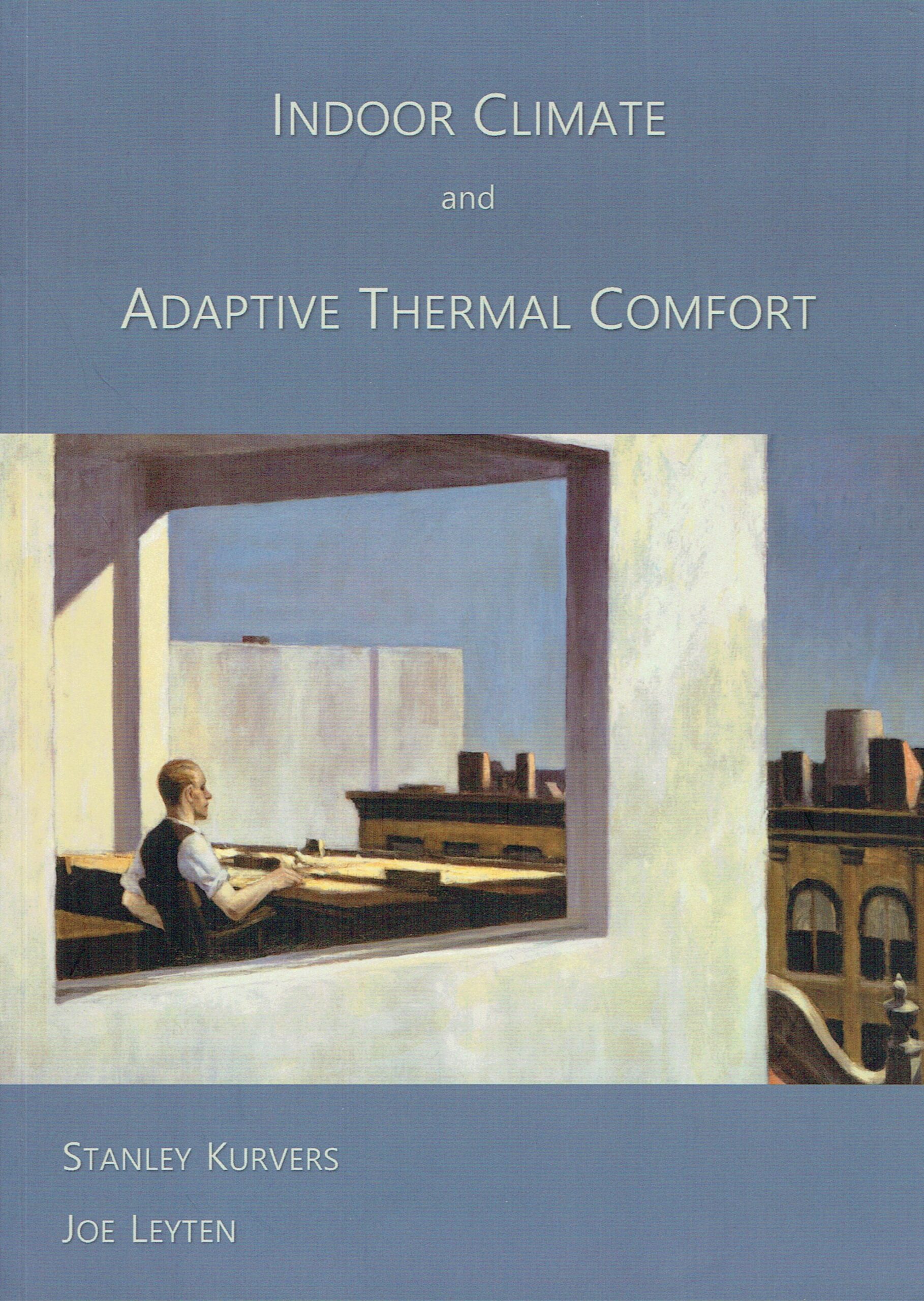Introduction
The main challenge for the building industry is to create buildings in which occupants feel comfortable and healthy and that use little energy. Buildings should, by design, use as much natural energy as possible for most of the day and year and are heated or cooled only when really necessary, using energy from renewable sources (Olesen, 2018). With outdated models of human thermal comfort this inevitable ambition will not be achieved and therefore architects, developers and their consultants must understand and be able to apply the principles of adaptive thermal comfort.
Over the centuries, temperatures that people find pleasant or comfortable have changed considerably. Since the 1940s, for example, the average winter temperature in homes has increased by about 1°C per decade (Nicol et al., 2012). This is due to developments in building methods and building materials, as well as a different way of heating. And also changes in clothing play a role. As a result of cultural influences, fashion and the use of new textile materials, the physical properties of clothing, such as thermal insulation and moisture transport, have changed.
Everyone experiences situations where you feel too cold or too hot. Sometimes you prefer to sit in the sun and warm up a bit when you are cold or like to feel a nice cool breeze when it is hot. At home or at work, when you feel cold, you put on a sweater or try to change the temperature by opening or closing a window or adjusting the thermostat to be comfortable again. This “being comfortable” is called thermal comfort in technical jargon. The formal definition is: “Thermal comfort is that state of mind which expresses satisfaction with the thermal environment and is determined by subjective evaluation” (EN 16798-1, 2019). This definition originates from the air conditioning industry and is measured with a thermal sensation scale in climate chamber research and field studies (see Table 2.1 and Table 2.2). However, comfort is a broader concept and has a different meaning in different climates and cultures. In a hot climate, a cooler situation can lead to more comfort, whereas in a cold climate an open fire, for example, may give comfort. Other words for comfort also have a broader meaning, such as behaaglijk in Dutch, hygge in Danish or gemütlich in German. In some Arab and Asian countries, rahat means cool, cosy or protective and is used when it has cooled down after a hot period (Roaf & Nicol, 2019).
The temperature level in buildings is important because the built environment is responsible for more than 35% of global energy consumption (UN, 2017). In addition, in certain types of buildings, the way the indoor climate is controlled can lead to structural and long-term dissatisfaction with the thermal environment and have negative effects on the health, morale, performance and absenteeism of employees (Leyten, 2006). Thermal comfort is not achieved by one “ideal” temperature for everyone, but has proven to vary among occupants. Now that we live in a time when buildings must become more energy efficient and sustainable, it is very important to understand what temperatures people experience as pleasant, acceptable and stimulating. The warming climate poses an additional challenge because there is a real risk that buildings with energy saving measures in place aimed at the heating season will become too warm in hot summers. If this leads to the installation of air conditioning, the cure is worse than the disease. Therefore, it is important that standards and guidelines for thermal comfort are in line with the latest scientific insights. Energy-efficient buildings and innovative solutions are necessary, but they must be based on a contemporary and scientifically founded vision of thermal comfort.
This book is not a list of numbers and guidelines to be met by the indoor climate, but rather highlights the background to thermal comfort so that it can be better understood and standards and guidelines can be nuanced and adapted. Also, this book explains that thermal comfort is achieved when people, when they are too cold or too hot, take various measures to make themselves comfortable again. They will do this by adjusting the building, e.g. opening windows or doors, using fans or blinds and/or by adapting themselves to the environment, e.g. by changing clothes, drinking cold or hot drinks or exercising less. This approach to adaptive thermal comfort differs from how traditional thermal comfort is seen: as a product delivered by the building and especially its technical systems, and with which occupants should be satisfied if the temperature remains as constant as possible at a predetermined value.
